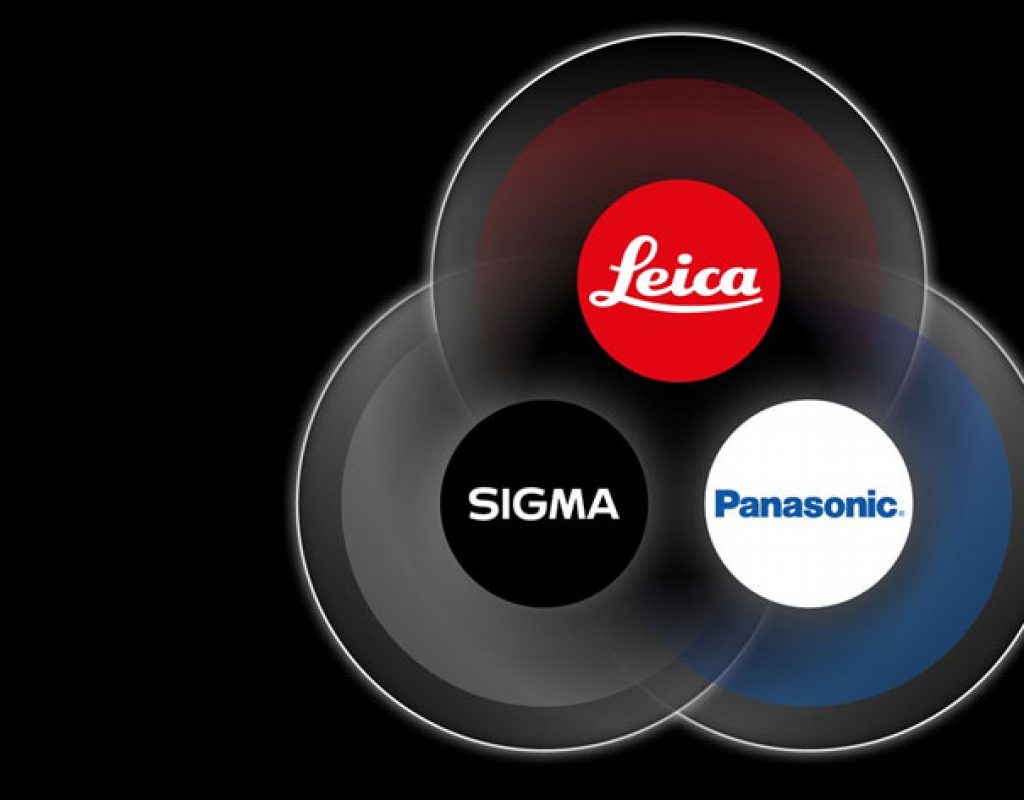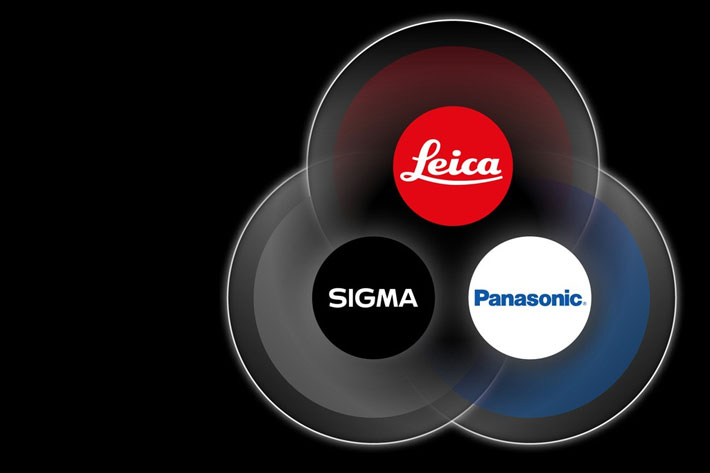
Leica, Panasonic and Sigma join efforts to offer cameras and lenses utilizing the L-mount created by Leica. It looks as a modern day alliance, now full frame, of the “universal” Four Thirds concept.
Presented as a previously unparalleled form of collaboration that will particularly benefit the customers of all three partners, the ‘L-Mount Alliance’ enables Panasonic and Sigma to make use of the L-Mount standard developed by Leica for their own developments and to offer both cameras and lenses utilizing this lens mount. What this means is simple: customers will be able to choose from a much wider selection of cameras and lenses without having to limit themselves to a particular brand, as all three brands will share the same proprietary bayonet mount.
If the idea rings a bell, it’s because we’ve all seen this before, with the introduction of the Four Thirds system and mount by Olympus and Kodak, as concept, in 2003. The proponents of the system also pointed to the fact that the system provided a standard that allowed customers to use lenses and cameras from different manufacturers. The open standard – which, in fact, Olympus killed, officially, in 2017 – did not last long, as in 2008 Olympus partnered with Panasonic to create the Micro Four Thirds, which was no longer presented as an “open standard”, although it became a popular format, used by far more companies than the original Four Thirds.
https://youtu.be/Ehswwdo5qaU
Panasonic’s ticket to full frame
So, what we’ve now is a new alliance, based on the use of a lens mount that gives Panasonic the ticket to enter the full frame universe. As an interesting side note, because we’re talking a lot about mount diameters these days, and comparing what the Canon EOS R, the Nikon Z or the Leica L-mount offer in diameter for their mirrorless systems, Olympus went the other way when they moved from Four Thirds to Micro Four Thirds, reducing the diameter of the mount from 44 to 38mm because, as they stated then “the benefits of reducing the size of an interchangeable-lens type camera cannot be properly experienced unless the size of the lens itself is reduced as well as that of the body.”
All those weight and size worries seem to be forgotten now, as full frame appears as the next big thing and as mirrorless cameras get bigger and bigger, to the point that they do not differ much from some DSLRs… from which many have kept the shape too! In fact, Panasonic is adding full frame to its lineup of cameras, with the S1R and S1, and in doing so enters a cooperation agreement with Leica, to use Leica’s L-mount. As for Olympus, no one knows if they will adopt this mount and enter the club, although, as stated by the alliance “other partners could be taken onboard.”
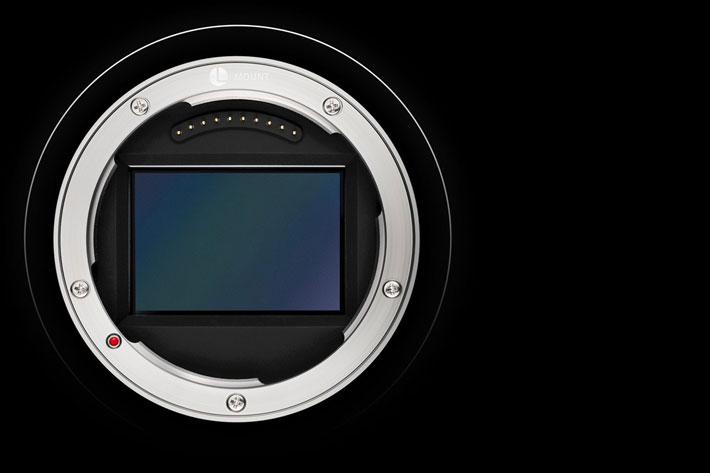
The members of the L-Mount Alliance all utilize the L-Mount Standard developed by Leica Camera AG for mirrorless camera systems. Currently, the members of the alliance are Leica Camera, Panasonic and Sigma. Leica is the licensor of the L-Mount Standard and Panasonic and Sigma are licensees. L-MOUNT is a registered trademark of Leica Camera AG. The partners in the alliance utilize the L-Mount Standard for cameras and lenses that are offered under their own brand names. The alliance works together on advancing the technology of the L-Mount Standard.
A lens mount for full frame and APS-C
The L-Mount is not something rushed by Leica as an answer to Canon and Nikon. In fact, this lens mount for mirrorless autofocus system cameras was introduced by Leica for an APS-C system in 2014 with the Leica T and, in 2015, for a full-frame system, the Leica SL. The advantages of the mount are immediately visible on its large inner diameter, 51.6 mm, which despite being smaller that the mounts from Canon or Nikon, still accepts both formats, APS-C and full-frame. It’s interesting that at the same time Sony claims, at Photokina, as a reply to Nikon, that you do not need large diameters to create luminous lenses, Leica and its partners mention that the advantages of the L-Mount are “the realisation of extremely fast lenses and, at the same time, extremely compact dimensions that permit the construction of compact APS-C format system cameras.”
According to Leica, the configuration of the lens-to-camera communication interface is future-proof and, as realised in the case of the Leica SL, the L-Mount also offers an option for the construction of sealed systems that are insensitive to dust and moisture. The short register of only 20 millimeters enables a short distance between the lens and the sensor, which in turn enables considerably more compact construction – which is particularly helpful for developments in the wide-angle lens segment. It also allows the mounting of a multitude of different lenses by means of appropriate adapters, meaning the system may well use lenses from other manufacturers.
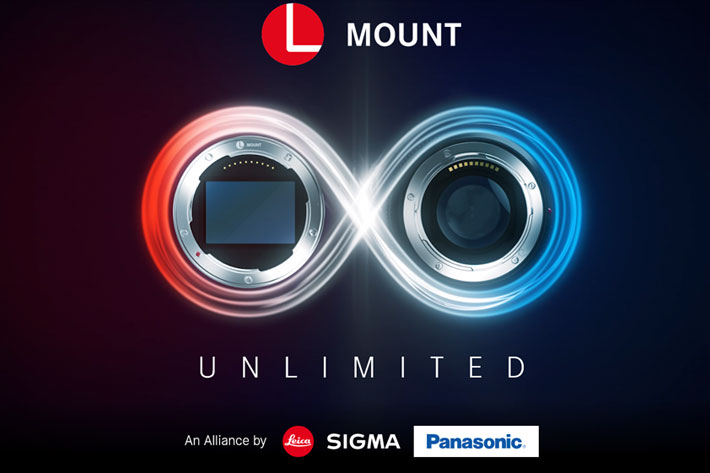
Due to their numerous interchangeable components, system cameras are extremely versatile and can be individually configured for a wide range of photographic needs. Here, the bayonet is the most important interface, because the lens makes a decisive contribution to imaging performance and, in turn, to the quality of the final results. Thanks to the strategic partnership between Leica, Panasonic and Sigma, customers will be able to choose from a much wider selection of cameras and lenses without having to limit themselves to a particular brand, as all three brands will share the same proprietary bayonet mount.
Leica states that to ensure resistance to even the most extreme stresses, and to guarantee customers maximum reliability in many years in intensive use, the camera bayonets are manufactured from wear-resistant stainless steel and with four flange segments that prevent canting and ensure particularly secure and precisely positioned lens attachment. The standardised L-Mount contact strip ensures trouble-free communication between the electronic components of the lens and the camera – including the possibility of installing future firmware updates for lenses to react to technological advances and exploit the full performance potentials of the lens.
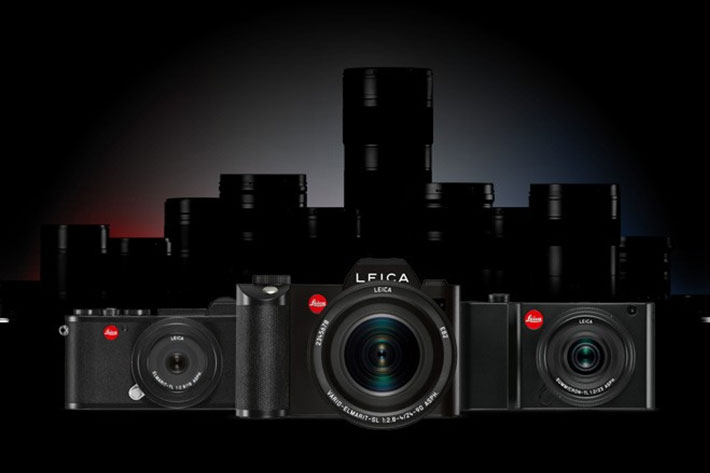
The lens mount is currently used in two Leica product lines: the Leica SL-System, a professional, full-frame system with the L-Mount that currently comprises the Leica SL camera body and a portfolio of six high-performance lenses for full-frame photography. The APS-C system, comprising the Leica T/TL/TL2 and Leica CL cameras and seven high-performance lenses for APS-C format, is also equipped with the L-Mount. All 13 L-Mount lenses can be used on all 5 L-Mount camera bodies, format switching takes place automatically within the camera if necessary. Both product lines are being constantly expanded and improved.
A lens mount hidden in plain view
The L-Mount is the best kept secret, hidden right in front of our eyes, for four years. Not only it exists, but it promises that all future lenses made for the various different systems can be used on all cameras without adapters and without any functional limitations. This illustrates only one of the numerous benefits the common bayonet brings for customers, something that the proponents of the Four Thirds system tried to implement back in 2003. Is its going to happen now?
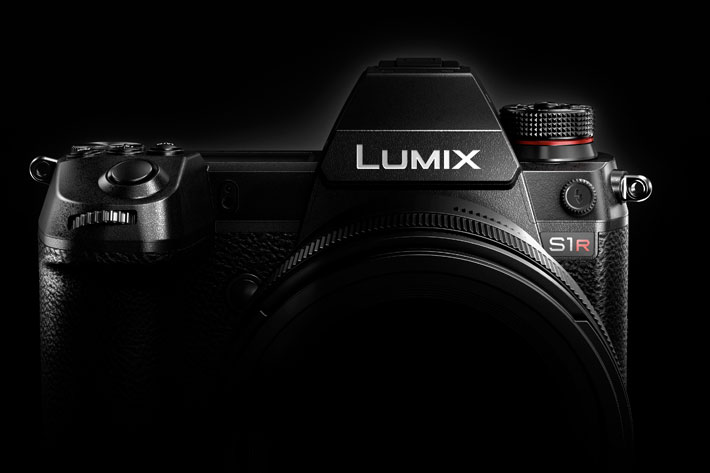
Panasonic announced the two new LUMIX S1R and S1, and Sigma was quick to confirm that they will have new lenses in 2019, but will also convert their actual lenses to the system, meaning the Art family of lenses, for example, may well appear in the market in L-mount. Sigma seems enthusiastic about the partnership, as it really expands the potential market for the company. With Leica usually producing pricier lenses and cameras, it will be interesting to follow the next chapters in this new “alliance”.
As seen before for the Micro Four Thirds alliance, there is also an online portal dedicated to this new alliance. The L-Mount Portal website is the place to visit to find basic information about the alliance, the L-Mount Standard and the compatible products offered by the three brands. Will there be more companies joining the standard? It’s doubtful that Canon, Nikon or Sony drop their own mounts, but other brands – Olympus? – may want to join the alliance. Right now, it looks a bit like the Three Musketeers…
The announcements from Panasonic, Leica and Sigma made a Photokina that was already gaining importance, as the stage for the first presentation of Canon’s and Nikon’s full frame mirrorless cameras, even more exciting. One could also say that the Panasonic, Leica, Sigma alliance stole the show. 2019 is going to be an exciting year for photography and video. With a full frame system, one can only imagine what Panasonic will create in terms of video, and how extensively they will use the L-mount in other segments of their offer. Will there be a 8K L-Mount camera in Panasonic’s future?

Filmtools
Filmmakers go-to destination for pre-production, production & post production equipment!
Shop Now